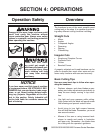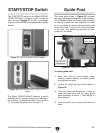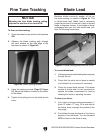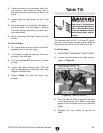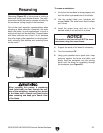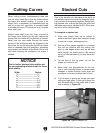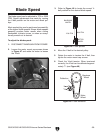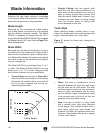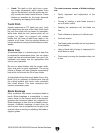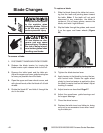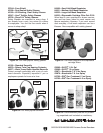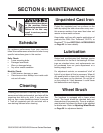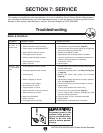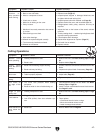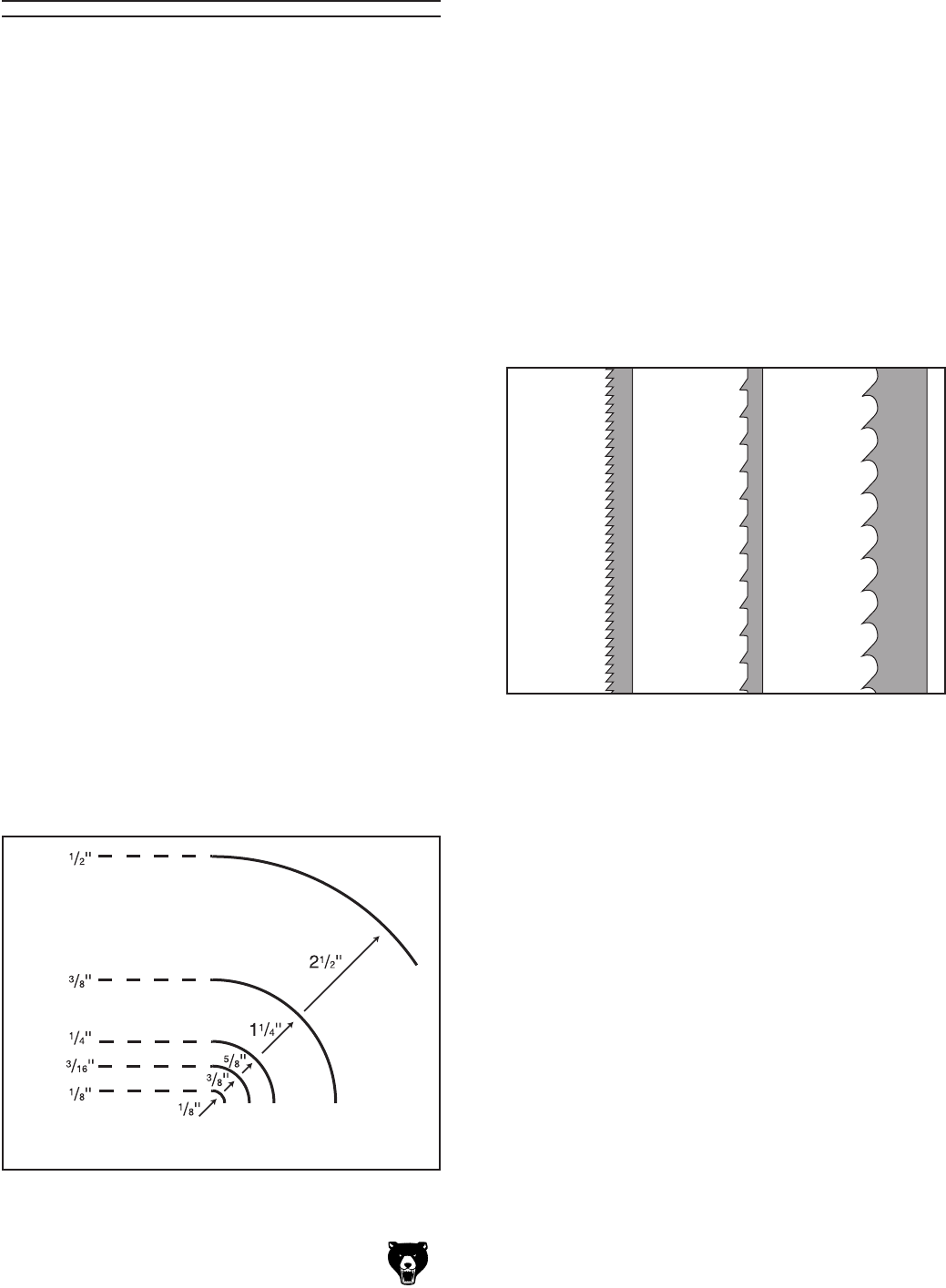
-40-
G0513X/G0514X/G0514X3 Extreme Series Bandsaw
Blade Information
Selecting the right blade requires a knowledge
of the various blade characteristics to match the
blade with the particular cutting operation.
Blade Length
Measured by the circumference, blade lengths
are usually unique to the brand of your bandsaw
and the distance between wheels. The Model
G0513X is designed for blades that are 131
1
⁄2"
long and the Model G0514X/G0514X3 is designed
for blades that are 143" long. Refer to Page 43 for
blade replacements.
Blade Width
Measured from the back of the blade to the tip of
the blade tooth (the widest point), blade width is
often the first consideration given to blade selec
-
tion. Blade width dictates the largest and smallest
curve that can be cut, as well as how accurately it
can cut a straight line.
The Model G0513X can use blades from
1
⁄8" to 1"
in width. The Model G0514X/G0514X3 can use
blades from
1
⁄8" to 1
1
⁄4" in width. Always pick the
size of blade that best suits your application.
• Curve Cutting: Use the chart in Figure 50 to
determine the correct blade for curve cutting.
Determine the smallest radius curve that will
be cut on your workpiece and use the cor
-
responding blade width.
Figure 50. Blade width radii.
Figure 51. Raker, Skip & Hook tooth styles.
Raker
Skip
Hook
• Straight Cutting: Use the largest width
blade that you own. Narrow blades can cut
tight curves (a small radius) but are not very
good at cutting straight lines because they
naturally wander (blade lead). However, larg
-
er blades are much better at cutting straight
lines, but function poorly at cutting small
curves because of their size.
Tooth Style
When selecting blades, another option to con-
sider is the shape, gullet size, teeth set and teeth
angle—otherwise known as “Tooth Style."
Figure 51 shows the three main categories of
tooth style:
• Raker: This style is considered to be the
standard because the tooth size and shape
are the same as the tooth gullet. The teeth
on Raker blades usually are very numerous,
have no angle, and produce cuts by scrap
-
ing the material; these characteristics result
in very smooth cuts, but do not cut fast and
generate more heat while cutting.
• Skip: This style is similar to a raker blade
that is missing every other tooth. Because
of the design, skip toothed blades have a
much larger gullet than raker blades, and
therefore, cut faster and generate more heat.
However, these blades also leave a rougher
cut than raker blades.



